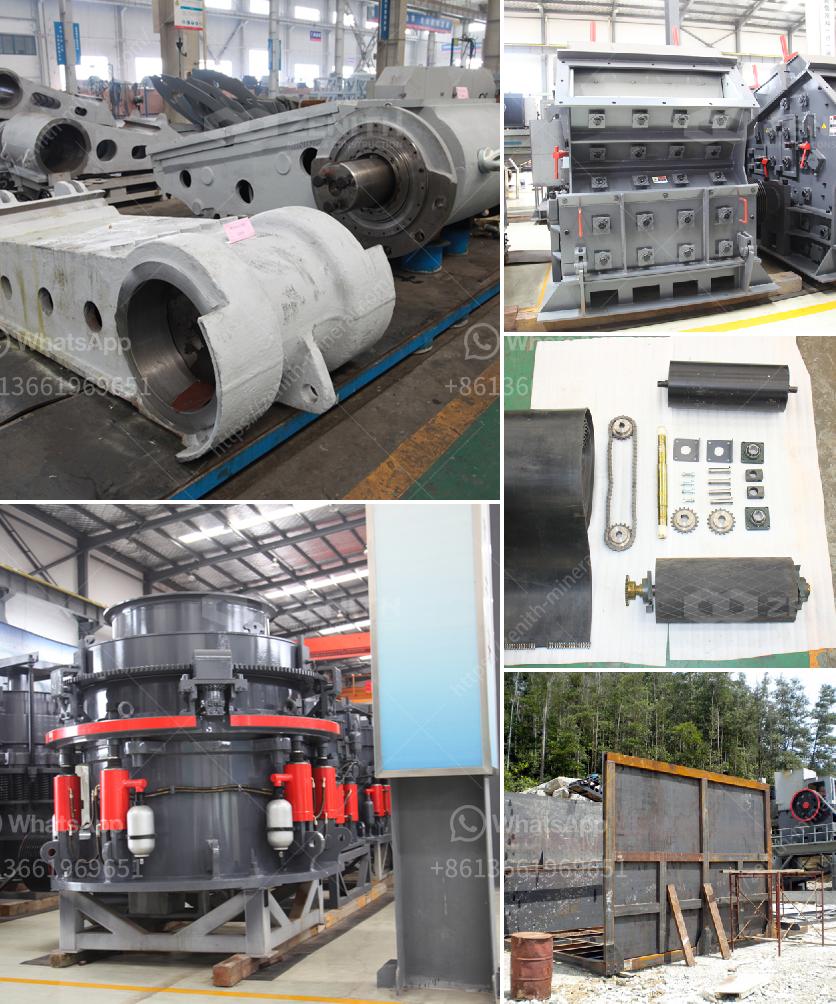The process that coal goes through to become a finished product involves several stages, each of which transforms the raw material into a form that can be used for various applications. Here is a detailed overview of the entire process:
1. Mining
Coal is extracted from the earth through mining. There are two primary methods of coal mining:
- Surface Mining: This method is used when coal deposits are located close to the surface. It involves removing the layers of soil and rock above the coal seam. The two main types of surface mining are strip mining and open-pit mining.
- Underground Mining: This method is used when coal deposits are deep underground. It involves creating tunnels or shafts to reach the coal seam. There are several techniques, including room-and-pillar mining and longwall mining.
2. Preparation and Processing
Once the coal is mined, it undergoes several preparation and processing steps to improve its quality and make it suitable for use:
- Crushing and Screening: The coal is crushed into smaller pieces and screened to separate particles of different sizes.
- Washing: The coal is washed to remove impurities such as soil, rock, and other non-combustible materials. This process improves the coal's heating value and reduces emissions when it is burned.
- Sorting: The coal is sorted based on its size and quality. Different grades of coal are used for different purposes, such as power generation, steel production, and industrial processes.
3. Transportation
After processing, the coal is transported to its final destination. This can involve several modes of transportation:
- Rail: Coal is often transported by train, especially for long distances. Rail transport is efficient and cost-effective for moving large quantities of coal.
- Truck: For shorter distances, coal may be transported by truck. This method is flexible and can reach locations that are not accessible by rail.
- Barge: In some regions, coal is transported by barge along rivers and canals. This method is particularly common in areas with extensive waterways.
4. Utilization
The final stage involves using the coal for various applications. The primary uses of coal include:
- Electricity Generation: Coal is burned in power plants to generate electricity. The heat produced from burning coal is used to convert water into steam, which drives turbines connected to generators.
- Steel Production: Coal is a key ingredient in the production of steel. It is used to produce coke, a high-carbon fuel that is essential for the blast furnace process.
- Industrial Processes: Coal is used in various industrial processes, such as cement manufacturing, paper production, and chemical synthesis.
5. By-products and Waste Management
The process of converting coal into a finished product also generates by-products and waste materials. Effective management of these by-products is crucial for minimizing environmental impact:
- Fly Ash and Bottom Ash: These are by-products of coal combustion in power plants. Fly ash can be used in construction materials, while bottom ash is often used as a filler material.
- Slag: In steel production, slag is a by-product that can be used in road construction and other applications.
- Emissions Control: Modern coal-fired power plants are equipped with technologies to reduce emissions of pollutants such as sulfur dioxide, nitrogen oxides, and particulate matter. This includes scrubbers, electrostatic precipitators, and selective catalytic reduction systems.
Conclusion
The journey of coal from its raw form to a finished product involves a complex series of steps, each designed to maximize efficiency, improve quality, and minimize environmental impact. From mining and processing to transportation and utilization, each stage plays a crucial role in ensuring that coal remains a valuable resource for various industries.


